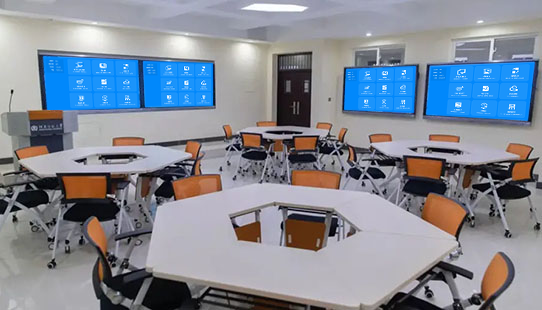Google Cast Interactive Classroom: Common Issues and Troubleshooting
While enjoying the convenience that Google Cast brings to interactive classrooms, occasional connection or usage problems can arise. Don’t worry, this article summarizes the most common types of issues and their solutions, helping you quickly resume smooth teaching.
Problem 1: Devices Cannot Find the Cast Device
Causes and Solutions:
-
Network Inconsistency: Ensure that the sending device (phone/computer) and the Google Cast receiver are on the same wireless network. This is the most common reason.
-
AP Isolation: If a guest network is used, “AP Isolation” might be enabled. This feature needs to be disabled in the router’s administration interface.
-
Firewall Blocking: Check if the school network’s firewall is blocking the ports used by Google Cast (e.g., ports 8008, 8009).
Problem 2: Connection Successful but Playback Stutters, High Latency
Causes and Solutions:
-
Weak Wi-Fi Signal: Move the sending device closer to the wireless router or AP, or connect to the less interfered 5GHz band.
-
Insufficient Network Bandwidth: Too many devices mirroring simultaneously during class, or large downloads present on the network. Bandwidth assurance settings can be configured for the interactive classroom’s network.
-
The “Restart” Method: Restart the Google Cast receiver and the router.
Problem 3: Cannot Cast the Entire Screen, Only Specific Content
Causes and Solutions:
-
This is normal: The design philosophy of Google Cast is “content pushing” rather than “forced mirroring.” In the Chrome browser, you can choose to cast a single tab or the entire desktop. In some apps, you can only push specific media content within that app.
By systematically troubleshooting according to the above steps, most problems can be easily resolved. If the problem persists, contact the school’s IT support department to check the interactive classroom’s specific network configuration.